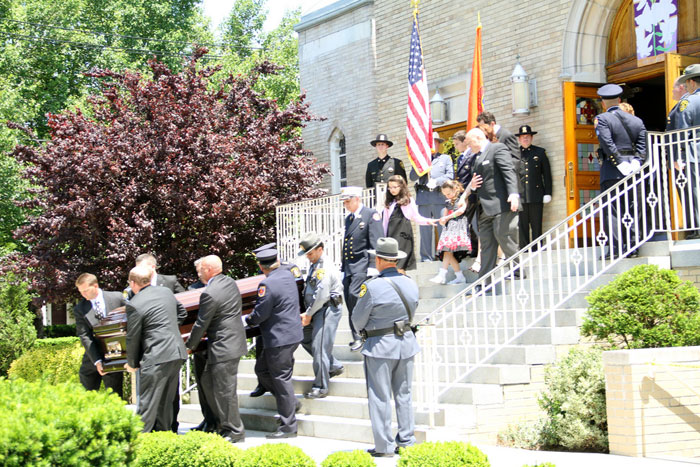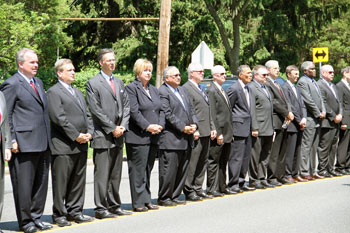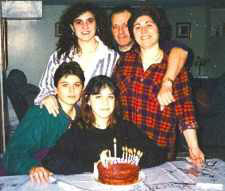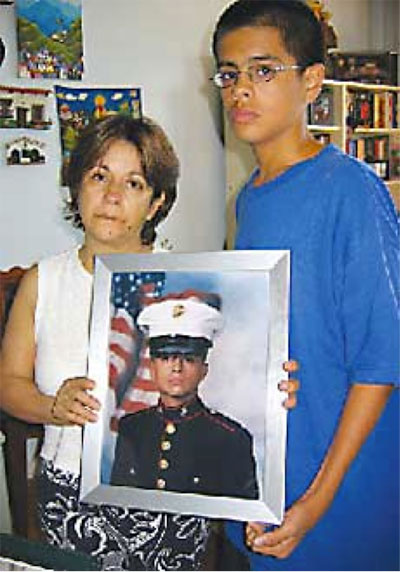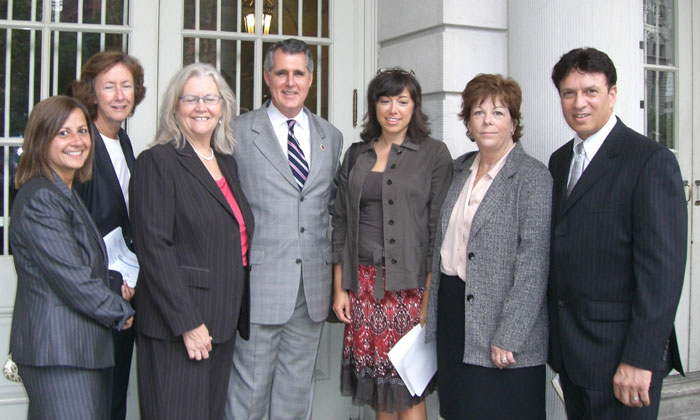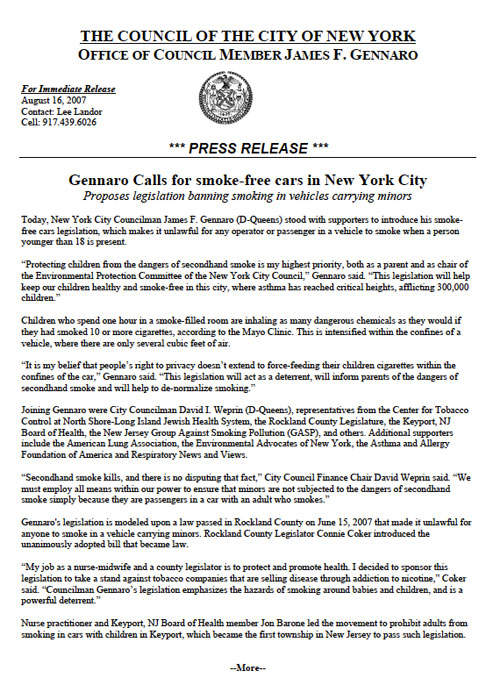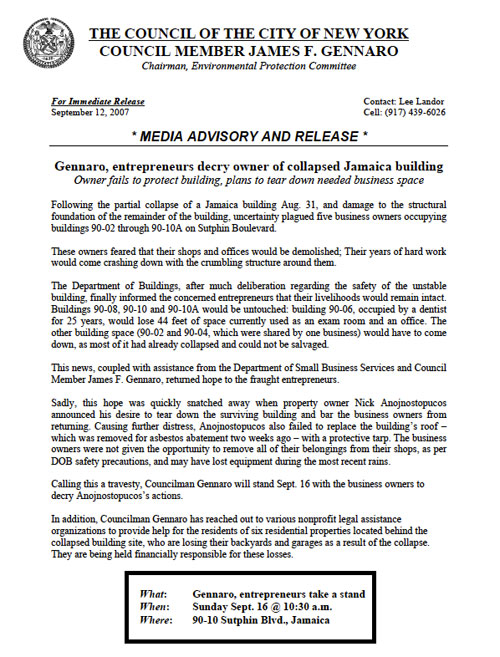By Lee Landor
[Note: This biography was originally published on A&E Television Networks’ Biography.com site in August 2012.]
Quick Facts
- Name: Tony Scott
- Occupation: Director
- Birth date: July 21, 1944
- Death date: August 19, 2012
- Place of birth: North Shields, Northumberland, England, United Kingdom
- Place of death: Los Angeles, California
- AKA: Tony Scott
- Full name: Anthony David Scott
Best Known For
English film director Tony Scott was best known for his first box-office success, Top Gun, as well as later films like True Romance and Enemy of the State. He was the brother of Ridley Scott, also a famed producer and director
Synopsis
Famed film director Tony Scott, born in North Shields, England on July 21, 1944, followed in the footsteps of his older brother, Ridley Scott, and took an interest in the world of film. He began by joining his brother’s commercial production company, and directed many television commercials and shows. Eventually, he began directing feature films and produced several box-office successes, including Top Gun, True Romance and Enemy of the State. Despite his success, Scott was never nominated for an Oscar or other film award. He committed suicide by jumping off the Vincent Thomas Bridge in Los Angeles on August 19, 2012.
Early Life
Famed English film director Tony Scott was born Anthony David Scott on June 21, 1944, in North Shields, Northumberland, England. He was the youngest of three sons born to Elizabeth and Col. Francis Percy Scott, and looked up to and followed in the footsteps of his older brother, Ridley Scott, who also became a noted film director and producer. Ridley cast Tony in the short film Boy and Bicycle, his directorial debut, in 1960. After that, Tony went on to attend several art schools, but turned his attention back to film in 1967, when his brother founded Ridley Scott Associates, a television commercial production outfit.
Over the two decades that followed, Tony directed thousands of television commercials for his brother’s company and took over when Ridley developed his feature film career. In the 1970s and early ’80s, Ridley’s feature films met considerable success, which directed Hollywood’s attention to Tony.
Film Career
In 1982, MGM Studios hired Tony Scott to direct the vampire film The Hunger, which starred David Bowie and Catherine Deneuve, and introduced Willem Dafoe, but ultimately failed to generate positive attention. Although it would later become a cult favorite, at the time of its release, the film had disappointing box-office sales.
As a result, Scott was unable to find work as a feature film director until several years later, when producers Jerry Bruckheimer and Don Simpson asked him to direct Top Gun. In addition to being the Scott’s first blockbuster—which placed him ahead of his brother and made him a Hollywood A-list action director—the film was among highest-grossing films of 1986, generating more than $176 million. It also launched lead actor Tom Cruise into fame.
Scott worked Bruckheimer and Simpson again in 1987, directing the film Beverly Hills Cop II, which starred Eddie Murphy and Brigitte Nielsen, and was among that year’s highest-grossing films.
Scott continued to direct films that became box-office success throughout the 1990s and 2000s. One film that was considered a box-office failure, but nevertheless one of Scott’s most notable films, was True Romance, written by Quentin Tarantino and Roger Avary. The cast comprised several well-known actors, including Patricia Arquette, Dennis Hopper, Gary Oldman, Brad Pitt, Christian Slater, Christopher Walken and Samuel L. Jackson.
Scott’s highest-grossing film of the ’90s was 1998’s Enemy of the State, starring Will Smith and Gene Hackman.
Recognition
Along with his brother, Tony Scott ran Scott Free Productions and worked on numerous commercials and television shows, in addition to his feature films. He collaborated with actor Denzel Washington on five different films, and throughout the duration of his career, with numerous other well-known Hollywood stars, including Robert Deniro, Wesley Snipes and Benicio del Toro.
Despite his films’ box office success, Scott was unable to acquire critical respect. He was never in the running for an Oscar, and critics often criticized his films for emphasizing style over substance, according to an August 20, 2012 article in Newsday. The article quoted Scott’s explanation in 2007 of how he gained perspective by mixing up things between commercials, television and film. “I like changing the pace of my life, changing my discipline,” Scott said. “It gives me ideas for how to see the world differently.”
Death
Scott, who was married to Donna Scott and had twin sons, jumped off the Vincent Thomas Bridge in Los Angeles, California, around 12:35 p.m. on August 19, 2012. Los Angeles police pulled his body from the water several hours later. Investigators found a note containing contact information in Scott’s car, which was parked on the bridge. They also found a suicide note at his office.
Scott’s death shocked and puzzled the world; a successful member of the Hollywood elite, Scott had been working on a sequel to Top Gun in the months before his death. He had also just finished working on a four-hour A&E Television Networks miniseries, titled Coma, along with brother Ridley Scott and author Robin Cook.
He may not have won any awards, but Tony Scott certainly earned the respect of fellow Hollywood directors, including Ron Howard and Jon Favreau, both of whom used Twitter to express their sadness upon learning of his death. “No more Tony Scott movies. Tragic day,” fellow director Ron Howard wrote on his Twitter page after learning of Scott’s death. In a similar post, director Jon Favreau wrote: “Such sad news about Tony Scott. Heartfelt condolences to his family and friends.”
Additionally, Tom Cruise expressed his sorrow in a statement: “Tony was my dear friend, and I will really miss him,” Cruise said. “He was a creative visionary whose mark on film is immeasurable. My deepest sorrow and thoughts are with his family at this time.”

